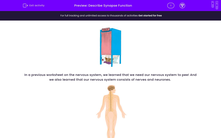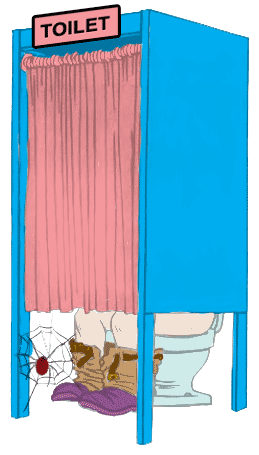
In a previous worksheet on the nervous system, we learned that we need our nervous system to pee! And we also learned that our nervous system consists of nerves and neurones.
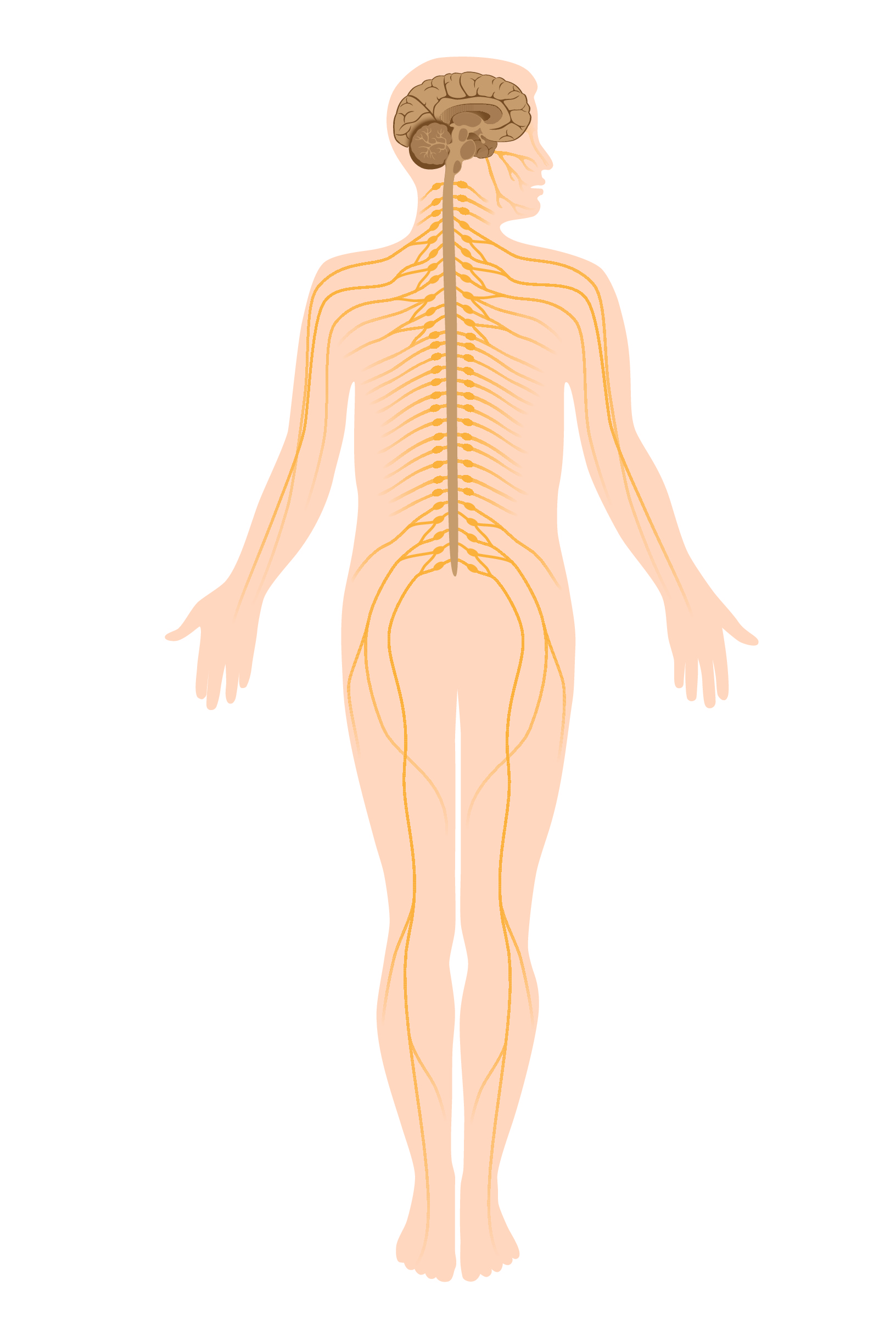
A neurone has many special adaptations that allow it to be suited to its function. One of these special features is the myelin sheath. The myelin sheath is a blanket of fatty cells that cover neurones. This helps to protect the nerve cell from damage and really helps to speed up the transmission of nerve impulses.
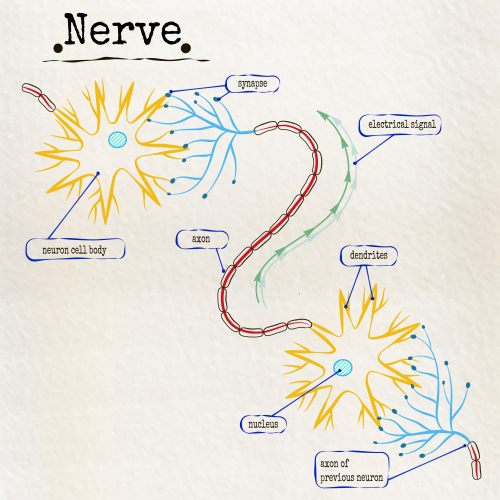
Neurones don't actually touch. Where neurones meet, there is a gap called a synapse. It's here that a specific chemical passes on the impulse to the next neurone in line. This chemical is called a neurotransmitter.
.jpg)
Let's have a look at this process in more detail below:
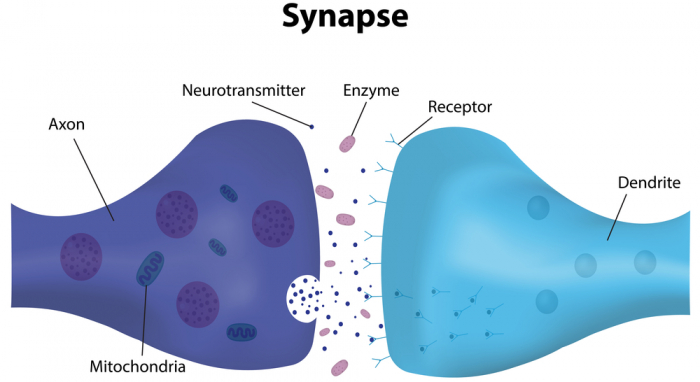
1. The nerve impulse arrives at the synapse.
2. The chemical messenger (a neurotransmitter) is released into the synapse.
3. The neurotransmitter diffuses across the synapse.
4. The neurotransmitter binds with a receptor on the membrane of the second neurone.
5. The binding of the neurotransmitter and receptor stimulates the impulse down the second neurone.
Once the impulse has been passed along, the neurotransmitter is released from the receptor, where it's often degraded by enzymes or taken up again by the neurone it was released from - ready to be used again!
In the following activity, you will be describing the function of the synapse.

